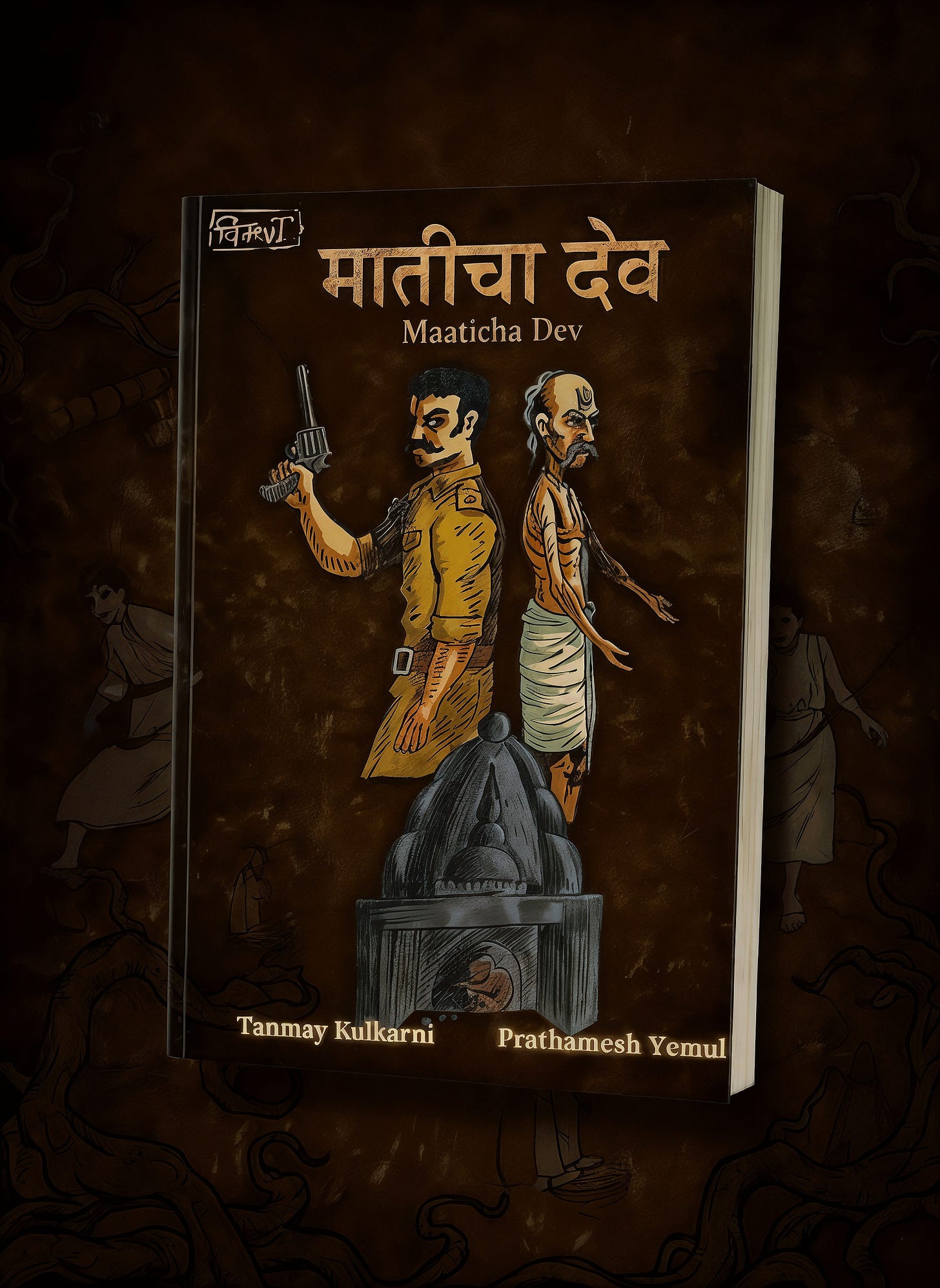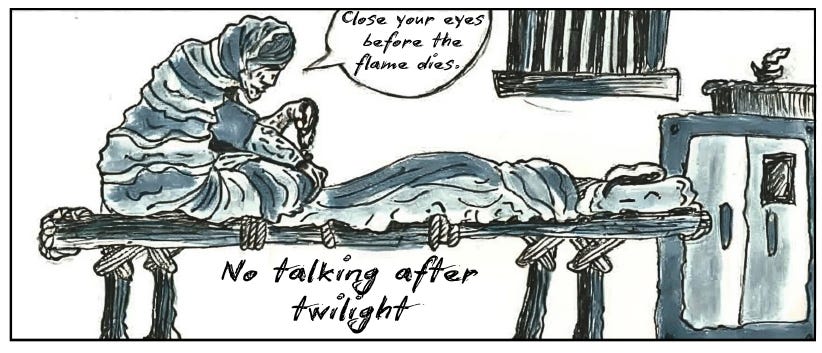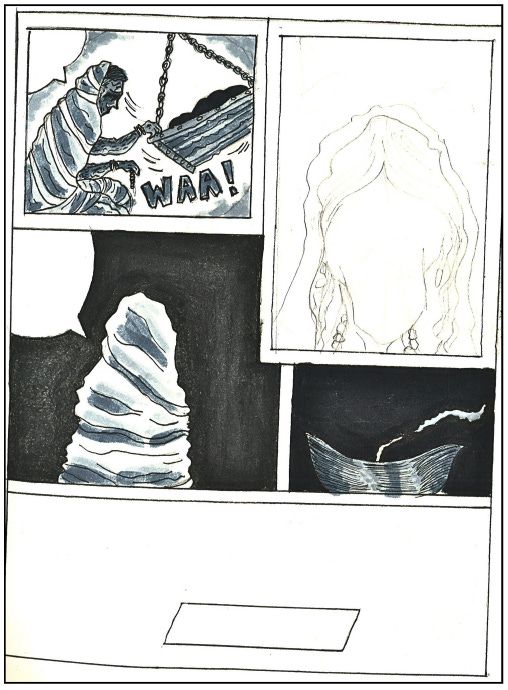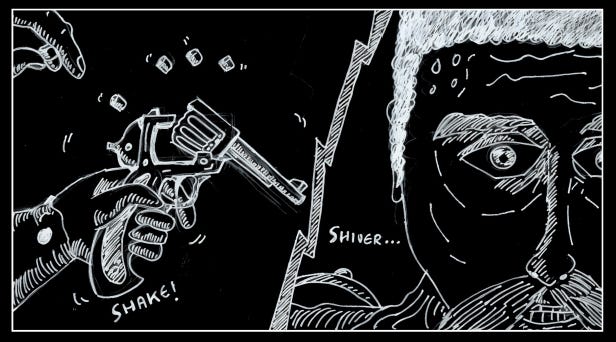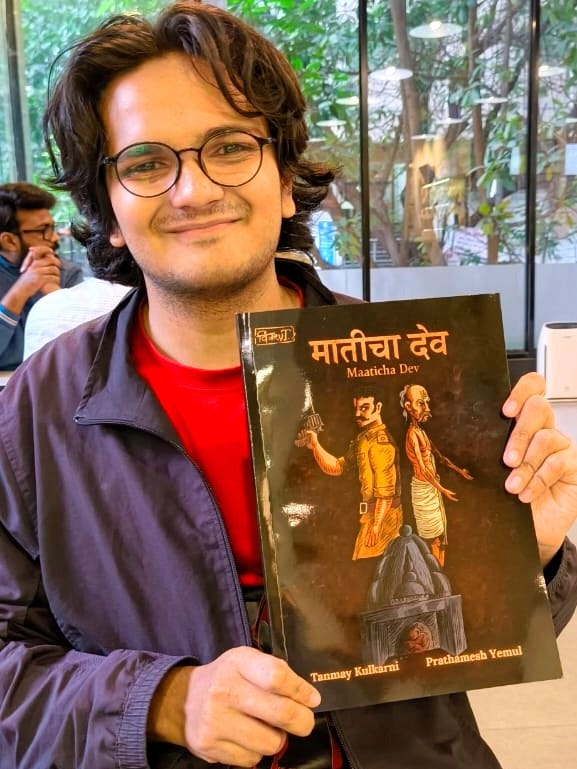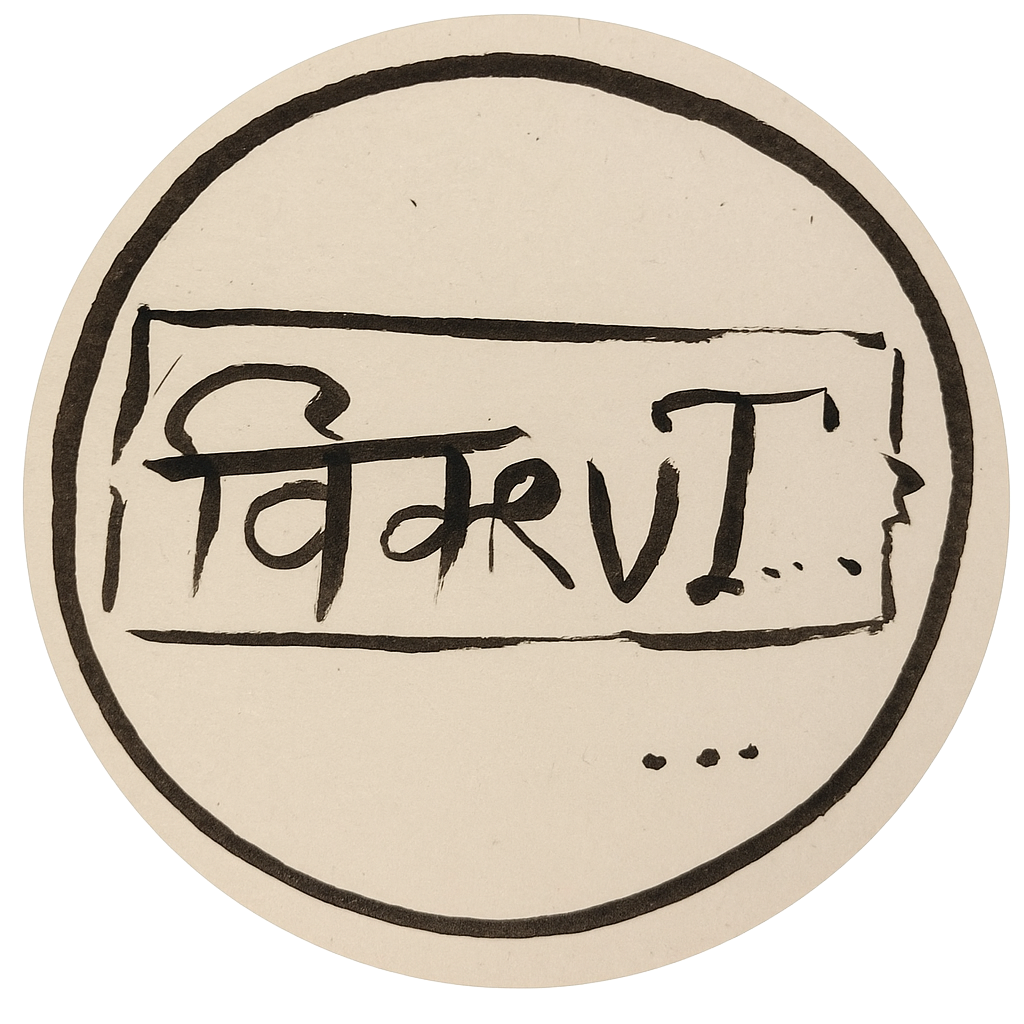Why This Story?
Why did I even write Maaticha Dev? That is a question I get a lot of times. Maaticha Dev (The Earth that Dreamed God) is a graphic novel based on the Marathi folktale of the Bagul Bua. When I used to be a child, and I would not sleep at night, or not sleep on time, even if I was in bed, my mother would tell me, 'The Bagal Bua will come and take you away if you don’t sleep.' And then, out of the fear of the unknown, I would close my eyes and try my best to sleep. Hoping that even in my nightmares, this unknown creature does not come to me to take me away. I would miss home too much. And that is where the first spark for Maaticha Dev began.
The Spark of the Idea
Prathamesh Yemul is the artist for this graphic novel. We have been friends for nearly three years now, and we always talked about collaborating on a project since both of us were creative individuals and wanted to get our craft out there in the world. And then, one fine day, we decided to make a graphic novel together. Something simple, something that can be done in the span of 3 months, and something that was close to our hearts – it must be local. So that is where, as a writer, I picked up on the idea of the Bagul Bua. Who is basically the Marathi bogeyman.
But then, how will one even convey that fear of a child? Of a kid who cannot comprehend what a deity that his mother warns him against even looks like? It has no face, no eyes, and no hands, so then why is it so scary? People will always fear what they do not know. Therefore, I decided to take this story, in a Lovecraftian way, into the fear of the unknown.
The factor of scariness need not necessarily just be jump scares; it can simply be something that stays in your mind for a really long time, haunting you from within. And I wanted to write such a tale that tells the truths of our society and the horror of a village swallowing children so that the rain would fall and the farmers would grow their crops.
Why a Graphic Novel?
A comic or a graphic novel is such a wonderful medium. This book could not have been a film, nor could it have been a work of prose. Some stories require visuals; some stories need their heart right upon their sleeves. To be honest, straight up, even with the way it looks. And graphic novels are quite convenient that way. Beautifully set in between the medium of a film and a novel. It has features of both, and that’s why it works so well. And since Maaticha Dev is set in a coastal village in Konkan called Vaitarni, the atmosphere of the location is just as important as the story. And there is no better way to build up a place’s feel than to show it.
Mostly I do not agree with the advice of ‘show, don’t tell’, but when it comes to understanding and explaining how the place feels, how it smells, how the rain falls just in this particular area, or how dark the nights get here, it is always better to show. Even through writing, and even through comics. And with a genre like horror, Prathamesh’s art style really captured the weird eeriness of the story. If it were any other kind of style, it would not have worked out so fine.
The Process
Writing a graphic novel is very different from writing a traditional novel, novella or even a short story. The way that panels are placed is very intricate; the writer must not put a surprise twist or a revelation on the right-hand-side page; it always must be on the left-hand-side page since the reader would be flipping the page to get to know it. And since we were planning for a shorter book, we tried to make it 45 to 50 pages maximum. Since this is more of a visual story, the little dialogue that had to be said needed to punch hard; it needed to be rhythmic and haunting to read, so working on that was quite a fun and interesting journey. It was almost as if I was storyboarding for a film instead of writing a piece of literature.
Collaborating with Prathamesh was amazing. I did not think it would work out so well, but he was absolutely dedicated to this project, and he devoted a lot of time to it. His art looked amazing with the story, and both of them complemented each other really well. Structure within chaos. The idea of the entirety of Act III being in photo negative (that is, white on black instead of black on white) was his. And oh my, how wonderful has that turned out!
Reflections
Writing a graphic novel was something different for me. I learnt about the depths of grotesqueness and eeriness that I carried inside me that are now finally on a page. I will always side by my rule of ‘a good story needs to be an honest story.’ And the way that the caste system is dealt with in this tale and the way that the fear of the unknown is shown in this graphic novel are something I never thought I would write. I never thought I could write a Lovecraftian horror tale set in a village in coastal Maharashtra based upon a Marathi folktale. Such a weird combination, isn’t it? But it worked out.
The day that I held the first copy from the first-ever print run of the book was just something else. I try not to overreact with my emotions when a project is complete, when a goal is achieved. But here, I was holding onto such a glorious thing in my hand. The art had printed out so well; the cover was beautiful, the font matched the story style, and the colours popped out, even if they were fairly muted. Everything just clicked into its right place once it was in my hand. Like a jigsaw piece falling into its final place.
Horror, as a genre, will never die. One day, you will sit with your friends, in a dark room or around a fire during the night, under a starless sky. And you will hear stories of the encounters with the supernatural, the meetings of the dead with the living, the swallowing of entire towns and the disappearance of children and men on the roads that shouldn’t have been taken. It is a genre that defines human thrill. The way it would make you live through some sleepless nights, and the way it would haunt your head, even after the day is done, and it would be time to rest. The human heart seeks thrill, through fear.
Invitation
And finally, I would like to invite you to step into this beautifully crafted world by Prathamesh and me, and seek the mysteries that the village of Vaitarni holds. And why during some nights your floorboards will creak, and why during some high tides, you will hear voices from the sea, calling you home. Read it once for the story, and then read it again, to appreciate the art in it. It is truly magnificent.
And tell me, what other folktales from your childhood would you like to see adapted into a graphic novel?
If you’d like a copy of your own of Maaticha Dev, follow Vikrut Studios on Instagram at @vikrutstudios. And you can order it by DMing the publisher on Instagram.
And after you read it, I hope you find in these pages the same unease, and the same wonder, that I did while writing it. And maybe, just maybe, it will remind you of a story your grandmother once told after dark.


